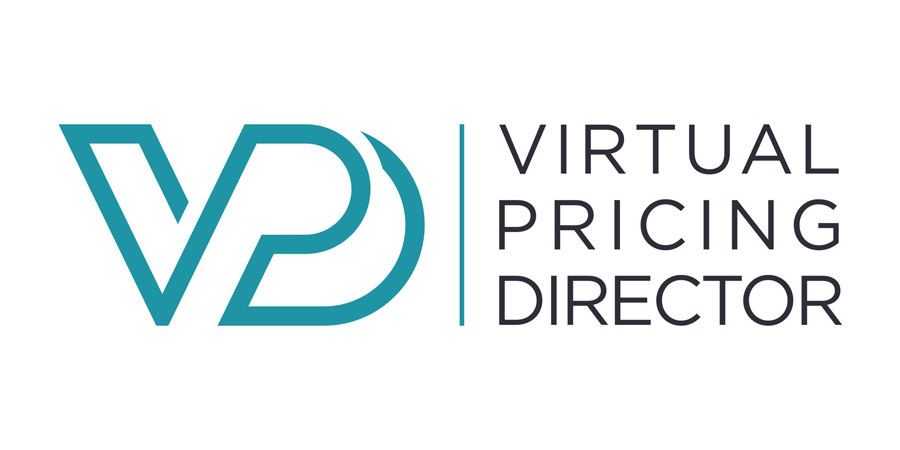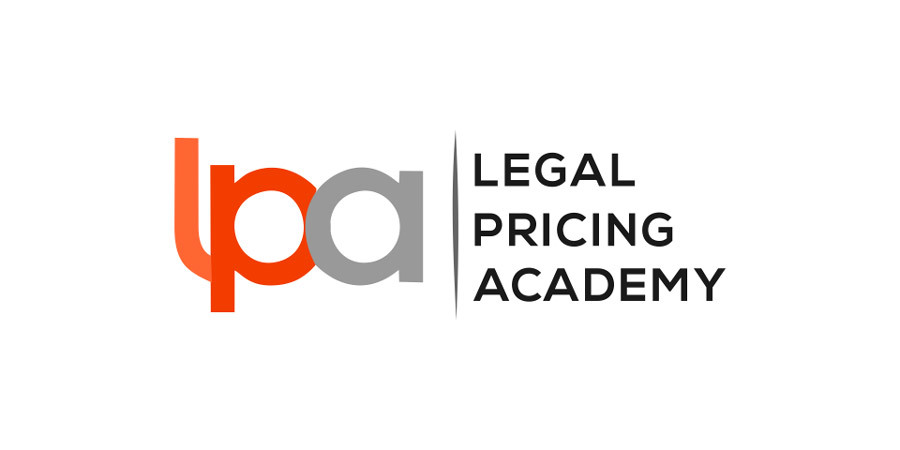The independent Bar has perhaps been slower than other parts of the profession to adapt to evolving pricing trends. Yet, therein lies a valuable opportunity for innovative and inventive chambers to ‘steal a march’ on their more orthodox colleagues.
“Oh! Do not attack me with your watch. A watch is always too fast or too slow.
I cannot be dictated to by a watch.”
Mansfield Park, Jane Austen (1775 - 1817)
All sections of the legal profession have been profoundly impacted by the winds of change for the last four years or so and the independent Bar is no exception. However, the Bar (with notable exceptions) has perhaps been slower than other parts of the profession to adapt to evolving pricing trends. Yet, therein lies a valuable opportunity for innovative and inventive chambers to ‘steal a march’ on their more orthodox colleagues.
Tell me what you want, what you really, really want...
Law firms have for some time been grappling with the shifting sands of client expectations on pricing. A number of common strands underpin these expectations including:
(a) greater pricing clarity and transparency
(b) greater pricing certainty, predictability and manageability
(c) greater fee risk-sharing between the legal team and the client
(d) a much closer correlation between the cost of the work and the clients’ perception of the value they have received
(e) greater choice of pricing and payment options
To date, very few law firms have done much more than identify the issue as one requiring attention. However, there are an increasing number of firms that have made the transition from pricing being an annoying and distracting administrative function, to treating pricing as a skill that is vital to the firm’s viability, competitiveness, profitability and even its very existence; a skill that needs to be learned, practiced and properly resourced.
The Bar - missing in action...
Such efforts amongst chambers have been largely conspicuous by their absence. By and large, the vast bulk of litigation work continues to be conducted on an hourly rate basis. However, this basis of charging is coming under increased assault and barristers ignore the trend at their peril.
Lest anyone should be under any illusion that change throughout the common law world is gaining momentum, I commend the comments of the Hon Wayne Martin, Chief Justice of Western Australia to the Perth Press Council celebrating Australian Law Week. The theme of his speech entitled ‘Billable Hours - Past their Use-by Date’ was that the profession should “enthusiastically embrace the pressure for change, and generally adopt alternative methods of charging for services rendered”.
In making the call for change, Justice Martin said time billing focuses the efforts of the legal practitioner upon the production of billable hours, rather than the production of value for the client. “It rewards effort and not results, promotes quantity over quality, repetition over creativity.” He said that time costing fosters a “production mentality”, which discourages efficiency or innovation because a lawyers’ bills and profit are reduced by the development of efficiencies. “Cost plus billing is the antithesis of efficiency, and encourages the service provider to increase cost, thereby increasing profits,” he said.
What Justice Martin didn’t say but which is equally valid is that time billing actually penalises the more experienced and able members of the Bar, expressed far more eloquently than I can by Justice Holland when he commented in re JBL Consolidated Limited (in receivership) (High Court Auckland M 1950/80, 20 August 1982)
“If Counsel is entitled to say ‘I have reached some degree of seniority and therefore I am entitled to $x for every hour that I am professionally engaged’, then the incompetent will be encouraged to be prolix and dilatory and the efficient and truly skilled will be inadequately rewarded” [my emphasis added]
So where do the opportunities lie for the Bar today?
First, barristers that really understand the pricing needs of clients will have a considerable competitive advantage; specifically, the clients’ need for greater, transparency, clarity, choice, control, predictability, manageability, risk sharing and perceived value.
Second, to the extent to which direct access is available, it facilitates the clients’ comparison between offerings and the relative attractiveness of a more innovative approach.
Third, and arguably the most important reason to change is that law firms must now do so and some are beginning on that journey. There will increasingly be a ‘disconnect’ between those firms that make the pricing transition and the barristers they brief. Counsel that are unwilling or unable to adapt to the pricing expectations of their instructing firms and those firms clients may find briefs drying up.
Finally, I want to disabuse any barrister reading this that these changes are synonymous with reduced revenue. That can be the result if the process of change is mishandled. However, handled correctly, profitably and margins can not only be preserved, they are capable of demonstrable improvement.

